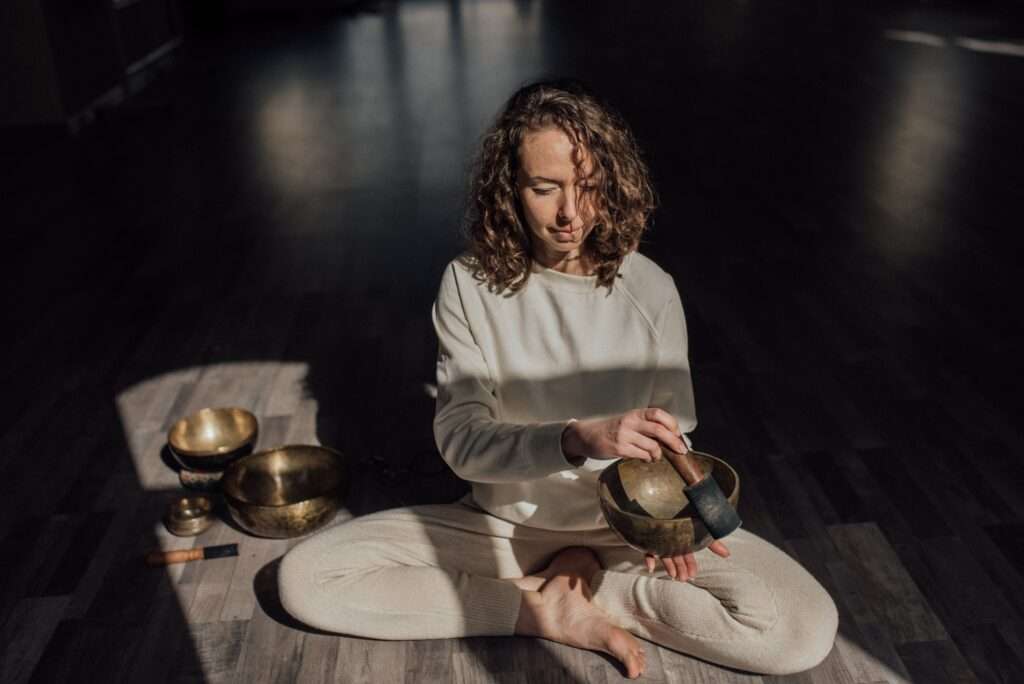In the tapestry of human experience, the intricate relationship between religion and healing practices has woven a narrative of profound significance. Across diverse cultures and belief systems, the concept of spiritual well-being has been intricately tied to physical and mental health. This intersection underscores the holistic nature of human existence, acknowledging the intricate connections between body, mind, and spirit.
The Spiritual Roots of Healing
Religious traditions worldwide share a common thread — a belief in the power of spirituality to facilitate healing. Whether through prayer, meditation, or ritualistic ceremonies, individuals seek solace and restoration within the embrace of their faith. These practices extend beyond the confines of conventional medicine, delving into the realms of the metaphysical and the transcendent.
In many religious traditions, prayer serves as a fundamental conduit for healing. The act of supplication, the earnest communication with a higher power, is seen as a source of strength and comfort during times of illness or distress. The power of collective prayer is often harnessed within religious communities, fostering a sense of unity and shared purpose.
Rituals and Ceremonies as Therapeutic Tools
Rituals and ceremonies within religious practices serve as therapeutic tools, offering a structured framework for individuals to navigate moments of crisis. These rites often involve symbolic acts, creating a sacred space where healing can manifest. From the lighting of candles to the recitation of sacred verses, these rituals provide a sense of order and meaning, instilling a profound sense of calm and assurance.
The rhythmic cadence of religious ceremonies can have a therapeutic effect on the mind. Chants, hymns, and communal songs become harmonious expressions of collective faith, creating an atmosphere that transcends the mundane and touches the transcendent. This spiritual resonance is believed to promote a state of peace, influencing both mental and physical well-being.
Cultural Variations in Healing Practices
Across different cultures and religious traditions, healing practices take on a kaleidoscope of forms. In traditional Chinese medicine, the concept of balance in Qi, the life force, aligns closely with Taoist and Confucian beliefs. Native American healing ceremonies often involve rituals that connect individuals with the natural world, recognizing the interconnectedness of all living things.
Ayurveda, the ancient Indian system of medicine, integrates spiritual practices such as yoga and meditation alongside herbal remedies. These diverse approaches underscore the cultural nuances woven into the fabric of healing traditions, reflecting the unique perspectives each culture brings to the understanding of health and well-being.
Mind-Body-Spirit Connection
The mind-body-spirit connection lies at the heart of the interplay between religion and healing practices. Religious teachings often emphasize the importance of a balanced and harmonious existence, with spiritual well-being influencing mental and physical health. The practices associated with this connection range from mindfulness meditation to the laying on of hands in various spiritual traditions.
In Christianity, for example, the laying on of hands during prayer is considered a channel for divine healing. Similarly, mindfulness practices rooted in Buddhism encourage individuals to cultivate awareness and presence, promoting a holistic sense of well-being. The recognition of the interconnected nature of the mind, body, and spirit underscores the integrative role that religion plays in fostering holistic health.
Modern Applications and Challenges
In the contemporary landscape, there is a growing acknowledgment of the role of religion in holistic health. Integrative medicine, a field that combines conventional medical practices with complementary and alternative therapies, recognizes the potential benefits of incorporating spiritual practices into healthcare.
However, challenges arise in navigating the intersection of religion and healthcare, particularly in pluralistic societies. Striking a balance between respecting diverse belief systems and providing comprehensive medical care poses ethical dilemmas. Healthcare professionals grapple with finding respectful ways to incorporate religious practices into treatment plans.
Conclusion: The Tapestry of Healing
The interweaving threads of religion and healing practices form a pattern that transcends cultural and geographical boundaries. Whether through prayer, ritual, or cultural ceremonies, individuals find solace, strength, and healing within the embrace of their faith. As we continue to explore the synergies between spirituality and well-being, it becomes evident that the quest for healing extends beyond the physical realm, encompassing the sacred dimensions of the human experience.


